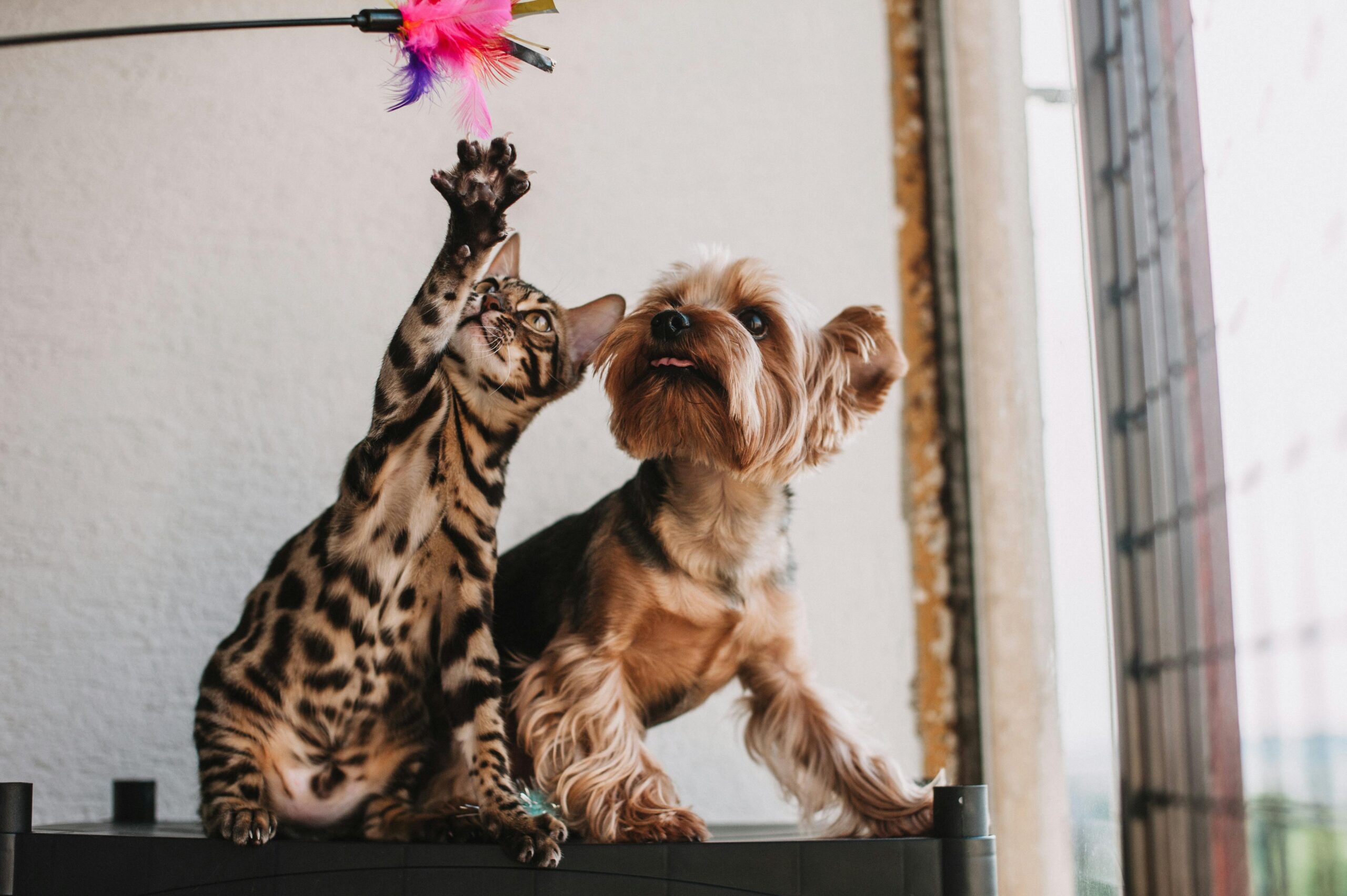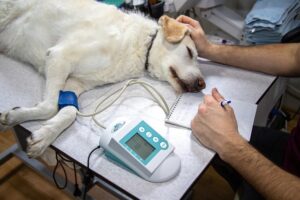As a responsible pet owner, it is very important to ensure that your beloved pets look great and stay healthy. This information will allow you to catch any health problems early and address them with the appropriate care. This is how you can know that your pet in general is healthy.
1. Bright, Clear Eyes
Clear, bright eyes that are free from discharge or cloudiness. Their eyes should be clear, not yellow or bloodshot. If you notice redness, excessive tearing or other signs of discomfort, take your cat to a veterinarian immediately, as this may be a sign of infection or health issue. Always keep a score of how your pet is behaving with their eyes.
2. Shiny, Clean Coat
A healthy dog will have a shiny coat. Grooming and adequate nutrition do their part to keep the coat healthier. Symptoms of the problem Dry, flaky skin and excessive shedding may also sometimes be signs that your pup has poor nutrition or even allergies or other health problems. Grooming should be a way for you to keep the coat of your pet in the best condition as possible and check for those unwanted parasites including fleas & ticks.
3. Healthy Weight
For your pet to remain healthy, they should largely stay at their ideal weight You should be able to feel their ribs without pressing too hard and see an hourglass waist. While obesity may manifest in diabetes, and joint problems an underweight figure might covertly point toward health complications. Weight management is a balance of food intake and exercise.
4. Good Appetite
A “normal” pet should have a normal appetite. A change in eating behavior may be completely random and is nothing to worry about, but when your pup never wants to eat or always seems to act as though he desperately needs food, there may be a health problem hiding behind these changes. Make sure that your pet receives a balanced diet according to their age, breed, and activity level. The first thing to do is observe their eating habits and if it turns out that there are problems running to the vet, in case of a good change, then this is a positive contradiction.
5. Regular Bowel Movements
Regular and proper Bowel Movements are a sign of a healthy Digestive System. Desired: Feces should be well-formed, but not dry. Diarrhea, constipation, or abnormal color and consistency of stools may indicate dietary problems or health issues. During clean-up, you should check the stool of your pet regularly to make sure that their gut health is up to the mark.
6. Clean Ears
The ears of your pet should be odor-free and clean. If it contains a lot of wax or is red and smells foul, writer says that it might be em ear infection or mites. Clean your pet’s ears often to prevent them from getting infected. Stick to vet-approved ear cleaning solutions, and never stick anything deep in your dog’s ear!
7. Energetic and Playful
Active and playful====Healthy pets They should have a decent amount of energy, be curious about the environment and play. Signs of Illness — Any significant lethargy or change in energy can be a clue that something is up. Giving your pet various areas to play as well as regular exercise will encourage the animal to be the perfect pet!
8. Normal Breathing
List Your pet should be breathing calmingly into the cone. Specifically, labored breathing, coughing or wheezing of these can signal medical problems that need to be diagnosed by a veterinarian. Observe your sleep time breath and maintain them when exercising or resting.
9. Healthy Gums and Teeth
Good dental care is just as important for pets as it is for us. Gums are nice and pink, teeth clean and not caked in too much tartar. Dental bad breath, red or swollen gums and difficulty in eating may be a sign that your four-legged family member has dental issues. Make sure to brush your pet’s teeth (as always with pet toothpaste) and schedule your annual dental check-up.
10. Good Hydration
Hydration is a fundamental aspect of the proper health and care of your pet. You can check for signs of dehydration by gently pinching the skin at the back of your pet’s neck; if it doesn’t snap back immediately, he/she is probably dehydrated. Always make fresh water available to your pet. In hot weather or after physical activity, make sure they are drinking lots of water.
11. Social Behavior
Well, pets are typically social and usually take an interest in their family members. They should be friendly like to be with people, and act normally for their species and breed. Alteration in their standard of behavior or any type of aggression usually means an emotional or health issue. Spend time with your pet: Quality time and socialization.
12. Regular Vet Visits
The number of Veterinary check-ups are important to keep your pet healthy. By having regular checkups, the conditions of any health problems can be found earlier before their needed treatment. Regularly schedule vaccinations, dental cleanings, and other preventive care. Blood tests and health screenings on a regular basis can also give you some insight into the status of your pet’s internal health.
How to Take Care of Your Pets — (Bonus)
1. Balanced Diet
A diet that is individualized for your pet and provides balanced nutrition can make a difference in his/her general health. Speak with your veterinarian about what food is appropriate for your pet given his age, breed, and health status. The exact nutrients and specifications can vary, but be sure to avoid overfeeding.
2. Play and Work Out
If kids become more sedentary like a lot of us, they will start seeing that lifecycle of unhealthy weight gain. Try activities such as walking your pet, playing fetch or using interactive toys. Additionally, mental stimulation is just as imperative; have puzzle toys and training sessions to test their intellect.
3. Parasite Control
Always treat your pet for parasites, including fleas, ticks and worms. See your vet for recommended treatments and prevention so you can keep your pet parasite-free. Make sure to keep your pet’s bed, and living areas clean as much as possible to avoid any of the infestation.
4. Proper Grooming
This is an important point to remember simply because regular grooming keeps the skin and coat healthy. Loose hairs will also be removed, preventing matting of the fur. If their fur is falling out, bathe them with pet-approved shampoo and groom as they require. During grooming, however, you can also check for anything abnormal, such as a lump or skin problems.
Conclusion
10 Surefire Signs Your Pet is Truly Healthy. These may include bright eyes, a shiny coat, an appropriate weight, appetite and bowel routine. Taking care of your pet involves regular grooming, appropriate diet and veterinary check-ups. Keep a close eye on your pet’s regular activities and their health behavior, as if you see any changes, then take the pet to the vet at the same time.




